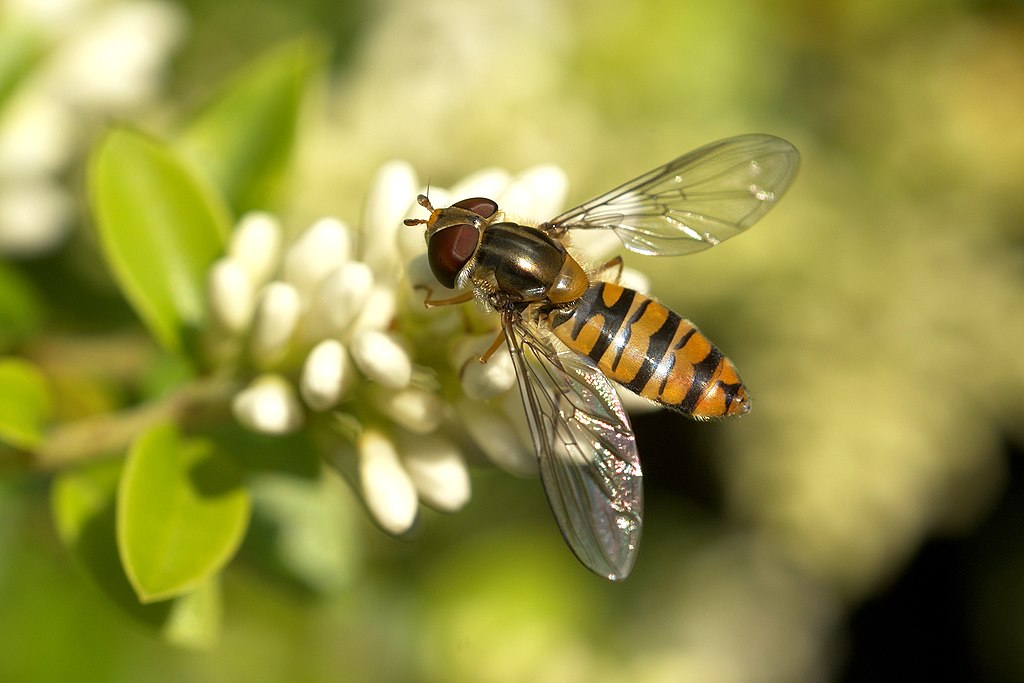When most people think of bees, their minds immediately conjure images of busy workers filling hexagonal cells with golden honey. But here’s a mind-blowing reality check: the vast majority of the world’s 20,000 bee species don’t make honey at all. In fact, only a tiny fraction of bees — primarily honeybees — actually produce the sweet stuff we slather on our toast. The rest of these incredible insects have evolved fascinating alternatives that might just blow your mind.
The Shocking Truth About Bee Diversity

Most people would be stunned to learn that honeybees represent less than 2% of all bee species on Earth. While these social superstars get all the attention, thousands of other bee species are quietly going about their lives in completely different ways. These non-honey-making bees include solitary species, semi-social groups, and even some that are downright parasitic. Their diversity is so vast that scientists are still discovering new species regularly, each with its own unique lifestyle and survival strategy.
Solitary Bees: The Independent Operators

Around 90% of all bee species are solitary, meaning they don’t live in colonies or work together like their famous honeybee cousins. These independent operators build individual nests where they raise their young alone. Female solitary bees collect pollen and nectar, but instead of making honey, they create what scientists call “bee bread” — a protein-rich mixture of pollen and nectar that serves as food for their larvae. This paste-like substance is far more nutritious than honey and is perfectly tailored to help baby bees grow strong and healthy.
Mason Bees: Nature’s Tiny Architects
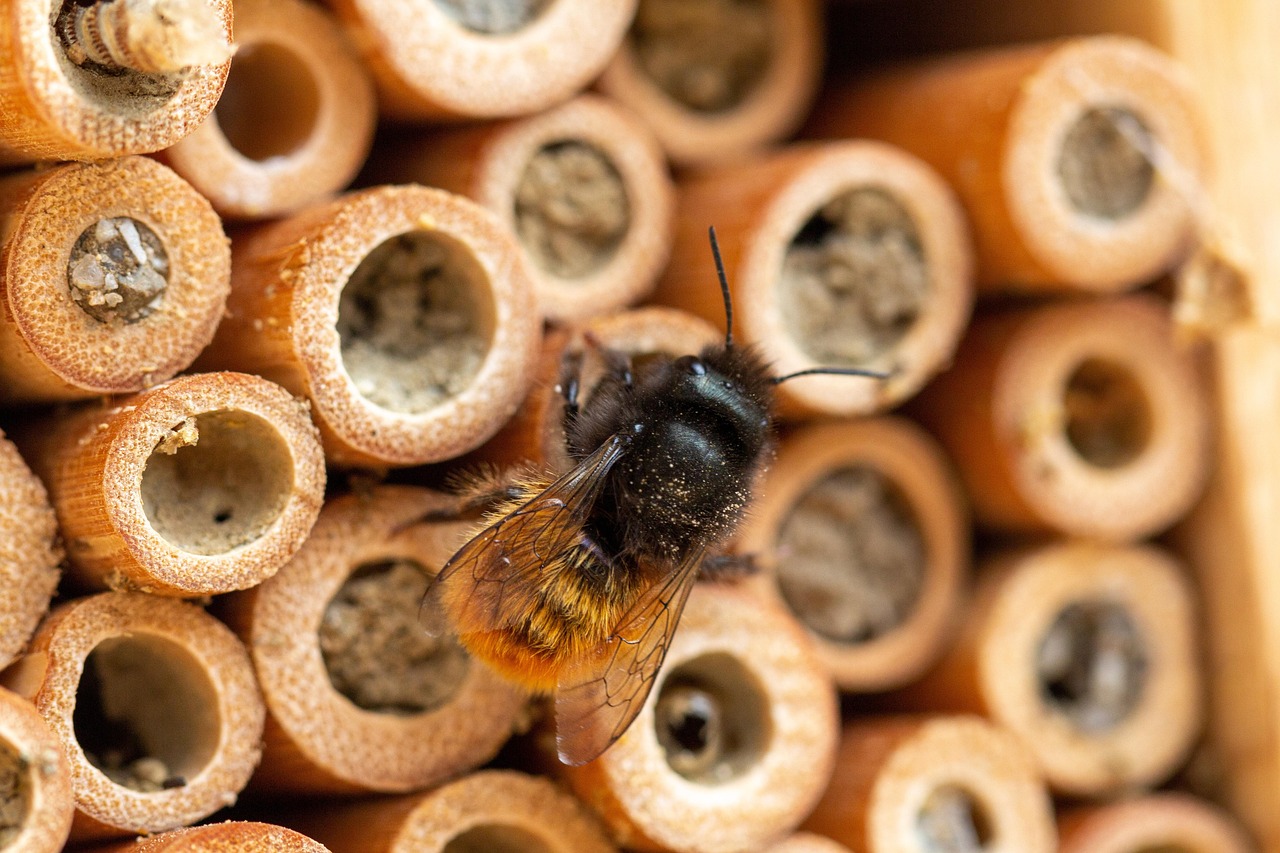
Mason bees are incredible builders who use mud, clay, and plant materials to construct elaborate nests in hollow stems, wood cavities, or even man-made structures. These industrious insects don’t make honey, but they’re absolute masters at creating perfectly designed nurseries for their young. Each female mason bee can visit up to 1,000 flowers per day, collecting pollen that she mixes with nectar to create nutritious food balls. She then seals each egg with its food supply in a separate mud chamber, creating what looks like a tiny apartment building for baby bees.
Leafcutter Bees: The Garden Sculptors

Imagine finding perfect circular holes cut into your rose leaves — that’s the handiwork of leafcutter bees. These remarkable insects use their powerful jaws to cut precise pieces of leaves, which they then carry back to their nests like tiny green umbrellas. Instead of making honey, leafcutter bees use these leaf pieces to line their nest cells, creating waterproof chambers for their eggs and food supplies. The leaves provide protection and help maintain the right humidity levels for developing larvae, making these bees some of nature’s most skilled interior decorators.
Carpenter Bees: The Wood-Boring Specialists
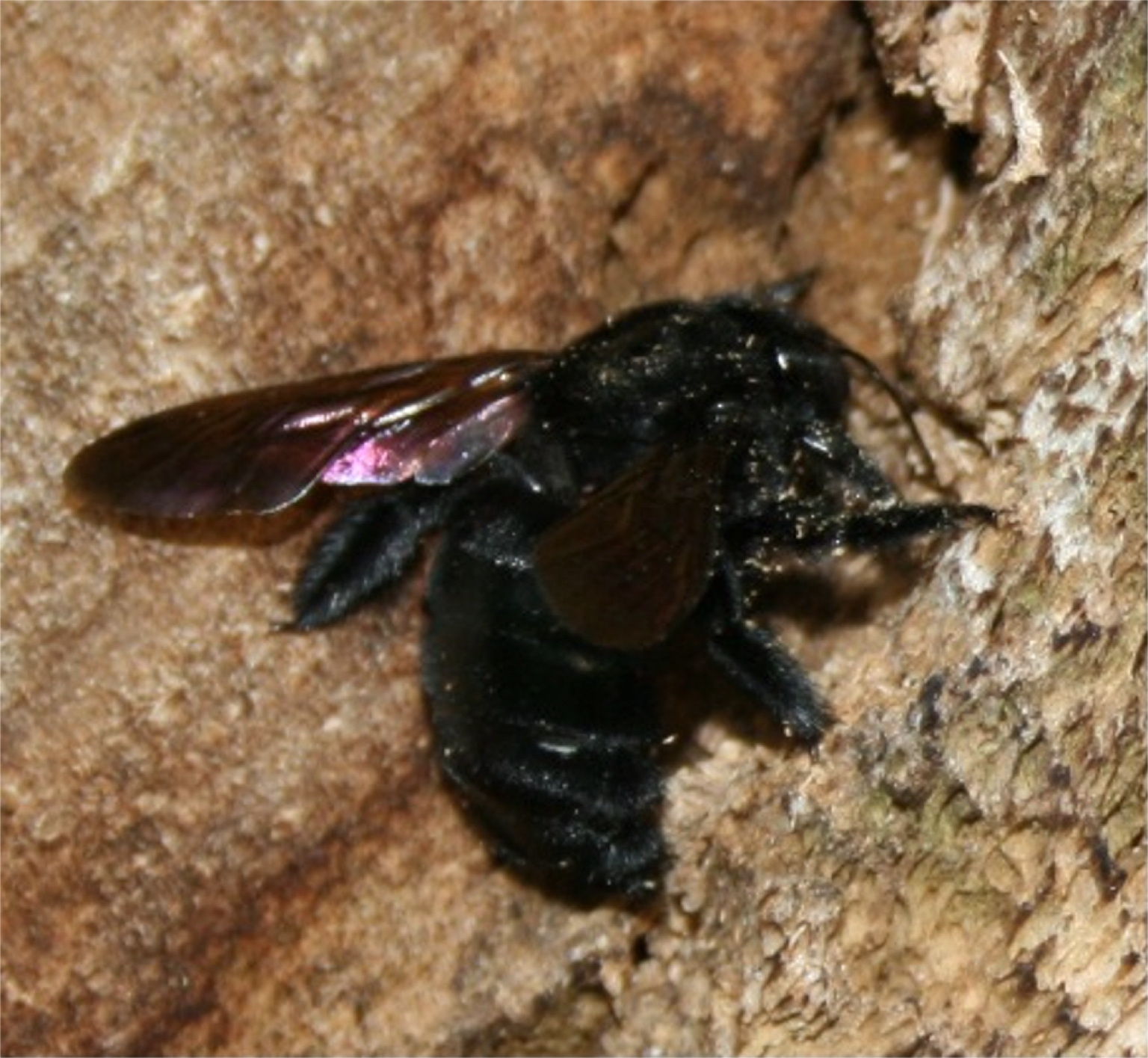
Carpenter bees are the power tool operators of the bee world, using their strong mandibles to drill perfectly round holes in wood. These impressive insects don’t make honey but instead focus their energy on excavating tunnels that can be up to 10 inches long. Female carpenter bees provision their wooden galleries with pollen balls mixed with nectar, creating protein-packed meals for their developing young. Their drilling abilities are so precise that their holes look like they were made with a professional boring tool, earning them both admiration and occasional frustration from homeowners.
Sweat Bees: The Mineral Miners
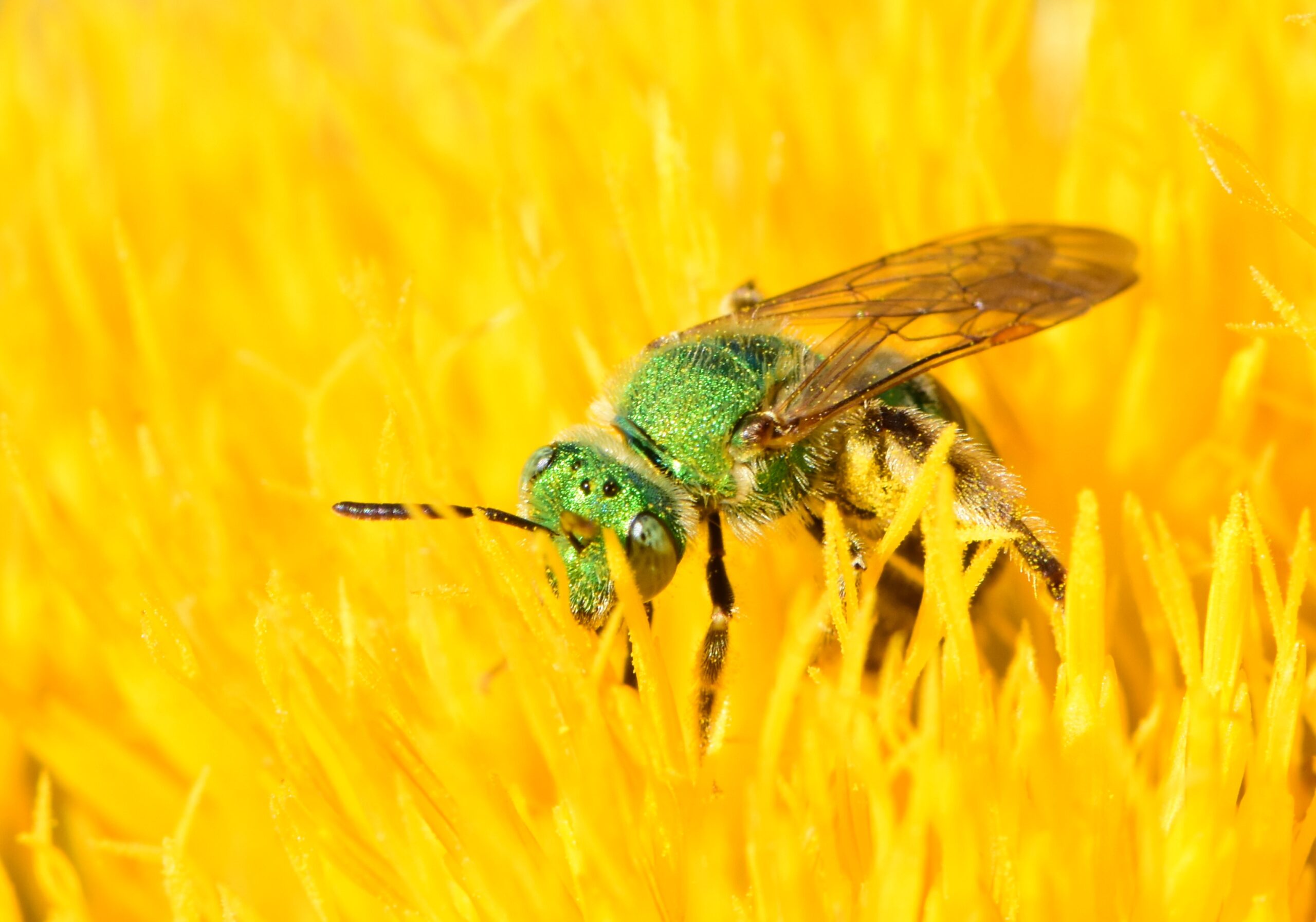
Sweat bees get their name from their attraction to human perspiration, but they’re after something more valuable than a salty snack. These small, often metallic-colored bees are seeking essential minerals that help them survive and reproduce. Instead of making honey, sweat bees focus on collecting diverse pollens and nectars from a wide variety of flowers. Some species are so specialized that they only visit specific plants, making them incredibly important pollinators for wildflowers and native plants that honeybees often ignore.
Bumblebees: The Social Non-Honey Makers
While bumblebees are social and live in colonies, they don’t make honey in the traditional sense. Instead, these fuzzy giants create small amounts of a honey-like substance that they store in wax pots for short-term use. Unlike honeybees who prepare for winter by stockpiling honey, bumblebee colonies die off each fall, with only the queen surviving to start fresh the following spring. Their “honey” is more like a quick energy drink — used immediately rather than stored for months, making it fundamentally different from the honey we know and love.
Cuckoo Bees: The Ultimate Freeloaders

Some bees have taken laziness to an art form by becoming what scientists call “cuckoo bees” or “kleptoparasites.” These sneaky insects don’t make honey, collect pollen, or even build their own nests. Instead, they infiltrate the nests of other bee species and lay their eggs alongside or instead of the host’s eggs. The cuckoo bee larvae then eat the food supplies that the host bee worked so hard to collect. It’s like having someone sneak into your house, eat your food, and raise their kids in your bed — but it’s a perfectly natural survival strategy that has evolved multiple times in different bee lineages.
Mining Bees: The Underground Network

Mining bees are the subway system builders of the bee world, creating extensive underground tunnel networks that can stretch for several feet. These ground-nesting bees don’t make honey but instead focus their efforts on excavating complex burrow systems with multiple chambers. Each chamber is stocked with a carefully prepared mixture of pollen and nectar, along with a single egg. The result is an underground nursery that provides protection from predators and weather while maintaining the perfect conditions for developing bee larvae.
Oil-Collecting Bees: The Specialty Harvesters
Some bees have evolved to collect floral oils instead of nectar, making them highly specialized pollinators for certain plant species. These oil-collecting bees don’t make honey because they’re after something completely different — lipid-rich oils that provide essential nutrients for their developing young. Plants like evening primrose and loosestrife produce these oils specifically to attract these specialized bees. The relationship is so specific that some plants can only be pollinated by oil-collecting bees, making these non-honey-making insects absolutely crucial for plant reproduction.
Wool Carder Bees: The Fiber Artists
Wool carder bees are nature’s textile workers, using their specialized combs to scrape soft plant fibers from fuzzy leaves and stems. Instead of making honey, these innovative bees use the collected plant fibers to line their nests, creating cozy, insulated chambers for their eggs and food supplies. The female bees mix the plant fibers with their saliva to create a felt-like material that provides excellent insulation and protection. Watching a wool carder bee work is like seeing a tiny sheep shearer in action, methodically collecting the softest plant materials available.
Alkali Bees: The Extreme Environment Specialists

Alkali bees thrive in some of the harshest environments on Earth, including salt flats and alkaline soils where most other bees can’t survive. These tough insects don’t make honey but instead have evolved incredible adaptations to deal with extreme salinity and mineral content in their environment. They nest in hard-packed alkaline soil, creating underground communities that can contain thousands of individual nests. Their ability to process and tolerate high levels of salt and other minerals makes them unique among bees and incredibly valuable for pollinating crops in challenging agricultural areas.
Resin Bees: The Natural Pharmacists

Resin bees collect sticky plant resins and tree saps instead of focusing on honey production. These natural pharmacists use the antimicrobial properties of resins to protect their nests from bacteria and fungi. The collected resins are mixed with pollen and nectar to create a medicated food supply that helps keep developing larvae healthy. Some resin bees are so specialized that they only collect specific types of resin, making them incredibly important for the health of forest ecosystems and the plants that depend on their pollination services.
The Pollination Powerhouses
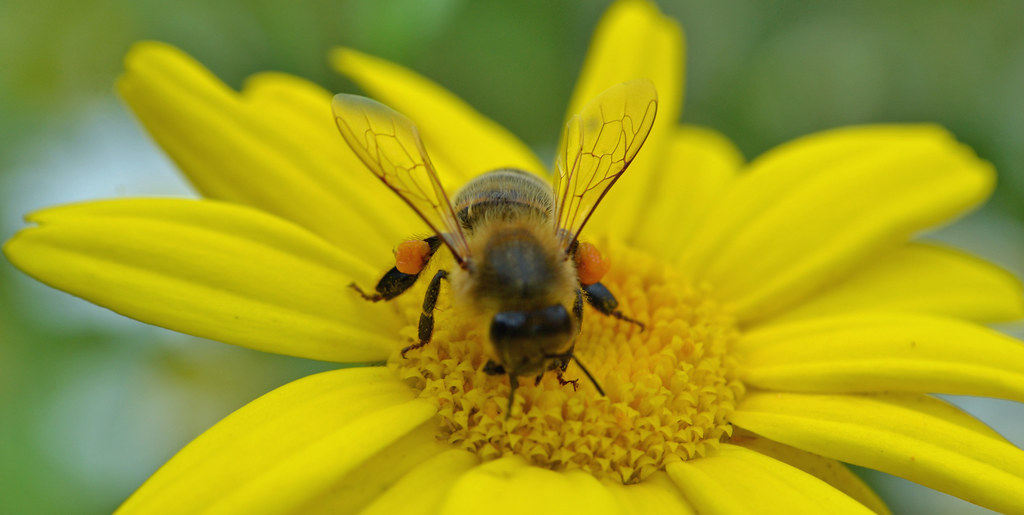
Here’s where things get really exciting: many non-honey-making bees are actually better pollinators than honeybees. Native bees often have specialized relationships with local plants, making them incredibly efficient at transferring pollen. A single leafcutter bee can do the pollination work of 100 honeybees when it comes to alfalfa crops. These specialized relationships mean that losing non-honey-making bees would be catastrophic for many ecosystems and agricultural systems, even though they don’t produce a single drop of honey.
Why This Matters More Than You Think

The next time you see a bee, remember that there’s a 98% chance it’s not making honey for your breakfast table. Instead, it might be drilling holes in wood, cutting circles in leaves, mining underground tunnels, or collecting exotic plant oils. These diverse survival strategies represent millions of years of evolution, each perfectly adapted to specific environments and challenges. The incredible variety of non-honey-making bees shows us that nature’s solutions are far more creative and diverse than we ever imagined, proving that sometimes the most important work happens behind the scenes, away from the spotlight of our honey-obsessed culture.

